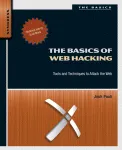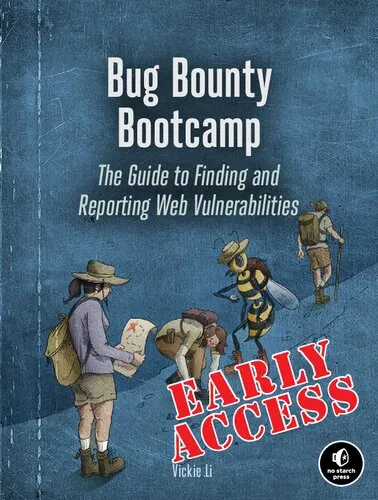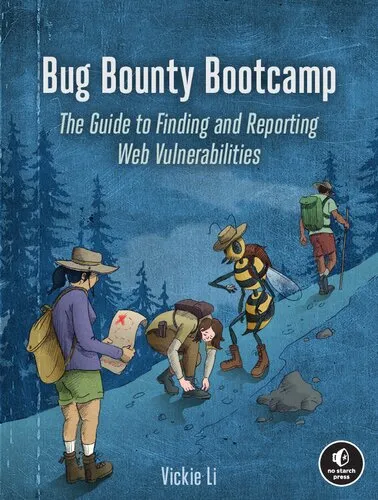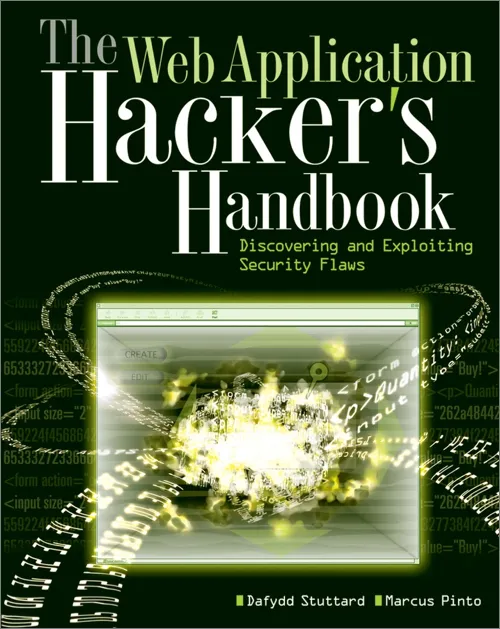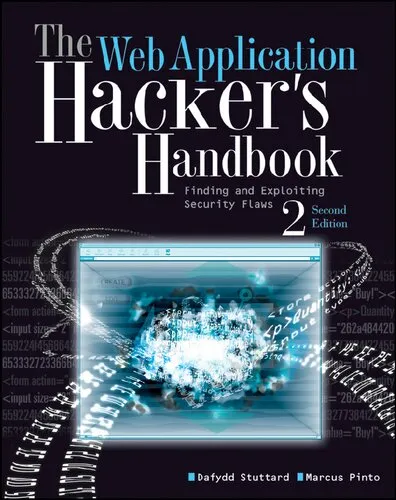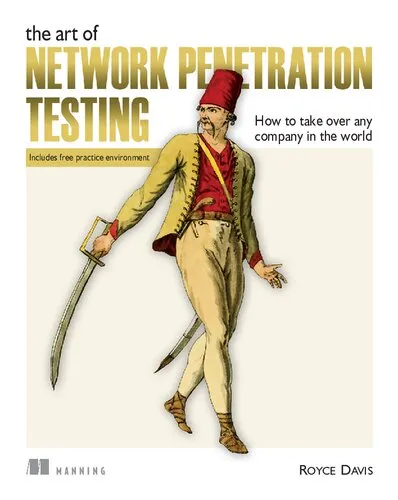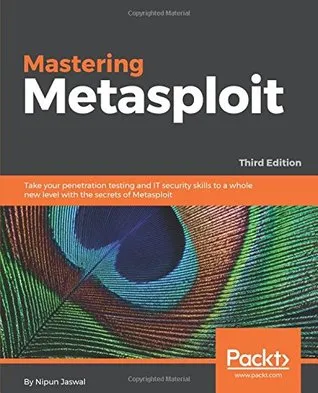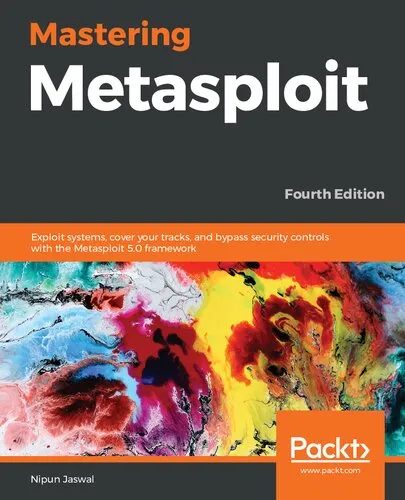The Basics of Web Hacking. Tools and Techniques to Attack the Web
4.0
Reviews from our users

You Can Ask your questions from this book's AI after Login
Each download or ask from book AI costs 2 points. To earn more free points, please visit the Points Guide Page and complete some valuable actions.Related Refrences:
Introduction to 'The Basics of Web Hacking: Tools and Techniques to Attack the Web'
In today's digital age, web security is paramount. As businesses, individuals, and governments rely heavily on the web, understanding its vulnerabilities becomes essential. 'The Basics of Web Hacking: Tools and Techniques to Attack the Web' by Josh Pauli is a comprehensive guide designed to introduce readers to the fundamental concepts of web hacking and cybersecurity. With a pragmatic approach, this book serves as an invaluable resource for both beginners and seasoned professionals looking to deepen their understanding of web security.
Summary of the Book
The book starts by exploring the foundation of web security, explaining why web applications are a primary target for attackers. It delves into the anatomy of web architecture to highlight common vulnerabilities. Each chapter focuses on specific tools and techniques used to identify and exploit these vulnerabilities, emphasizing their application in real-world scenarios. Readers will learn about popular hacking tools like proxy software, browser plugins, and command-line utilities.
Throughout the book, Pauli emphasizes ethical hacking principles, encouraging readers to use their skills responsibly. He provides step-by-step tutorials and detailed explanations that walk readers through various hacking methodologies, such as SQL injection, cross-site scripting (XSS), and session hijacking. Case studies illustrate the practical applications of these techniques, ensuring that readers can apply the concepts effectively in their own environments.
Key Takeaways
- Comprehensive understanding of web application vulnerabilities.
- Step-by-step guidance on using popular web hacking tools.
- Insights into the mindset and techniques of ethical hackers.
- Practical examples and case studies to reinforce learning.
- Guidance on maintaining ethical standards while hacking.
Famous Quotes from the Book
"In an ever-evolving digital landscape, understanding the vulnerabilities of the web is not just a skill, it's a necessity."
"Ethical hacking is about thinking like an attacker but acting like a defender. It's a mindset that balances ingenuity with integrity."
Why This Book Matters
In a world where cyber threats are on the rise, 'The Basics of Web Hacking' provides the foundational knowledge required to protect against potential threats. As web applications become increasingly complex, so do the methods used by attackers. This book equips readers with the skills needed to stay ahead in a constantly changing security landscape. Moreover, it fosters a culture of ethical hacking, promoting the responsible use of hacking techniques to secure and improve web technology.
Whether you are an aspiring cybersecurity professional, a web developer interested in understanding how to secure applications, or a business trying to safeguard its online presence, this book serves as a crucial guide. It's not just about learning to hack; it's about learning to secure the future of digital communication.
Free Direct Download
You Can Download this book after Login
Accessing books through legal platforms and public libraries not only supports the rights of authors and publishers but also contributes to the sustainability of reading culture. Before downloading, please take a moment to consider these options.
Find this book on other platforms:
WorldCat helps you find books in libraries worldwide.
See ratings, reviews, and discussions on Goodreads.
Find and buy rare or used books on AbeBooks.
1431
بازدید4.0
امتیاز0
نظر98%
رضایتReviews:
4.0
Based on 0 users review
Questions & Answers
Ask questions about this book or help others by answering
No questions yet. Be the first to ask!
